

Shane O'Donoghue
2025 Nissan Ariya Nismo review: Quick drive
6 Days Ago

Journalist
Ford+ sounds like a streaming media platform, but it’s actually the Blue Oval’s accelerated plan to electrify its range of vehicles.
Overnight Ford announced it will increase spending on electric vehicle technology to over US$30 billion ($38.6 billion) by 2025.
This marks a dramatic increase in research and development, because just last year the firm had only earmarked US$11.5 billion ($14.8 billion) for EV investments. This was increased to US$22 billion ($28.3 billion) at the beginning of 2021.
The most noticeable part of this increased investment will two new electric vehicle platforms.
According to Mike Levine, head of communications for Ford North America, there will be one flexible rear- and all-wheel drive architecture that supports “cargo vehicles, pickups and rugged SUVs”.
He promised the company will “electrify our icons in high-volume segments that we dominate today”, but noted that details will shared at a later date.
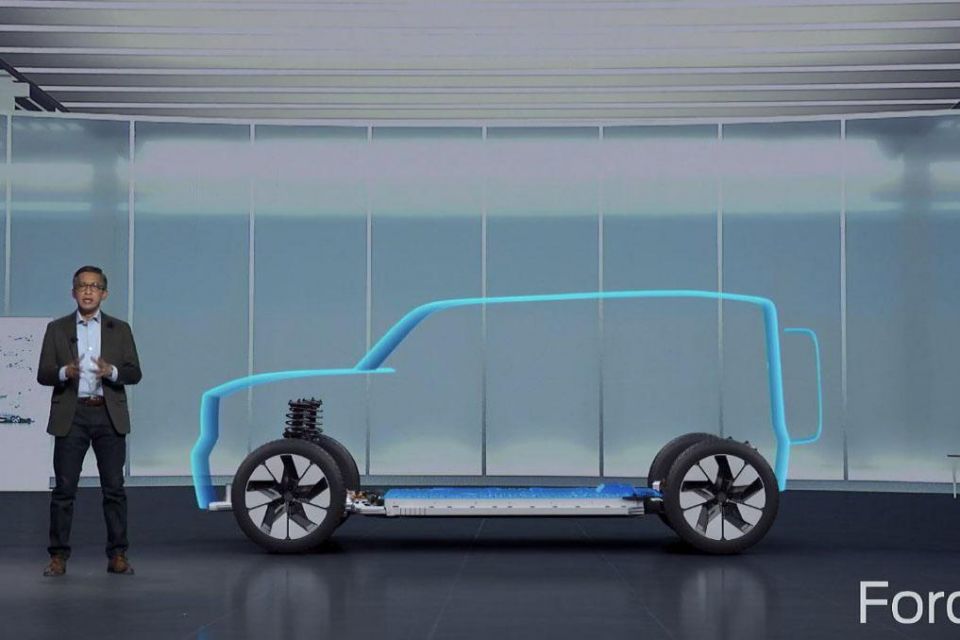
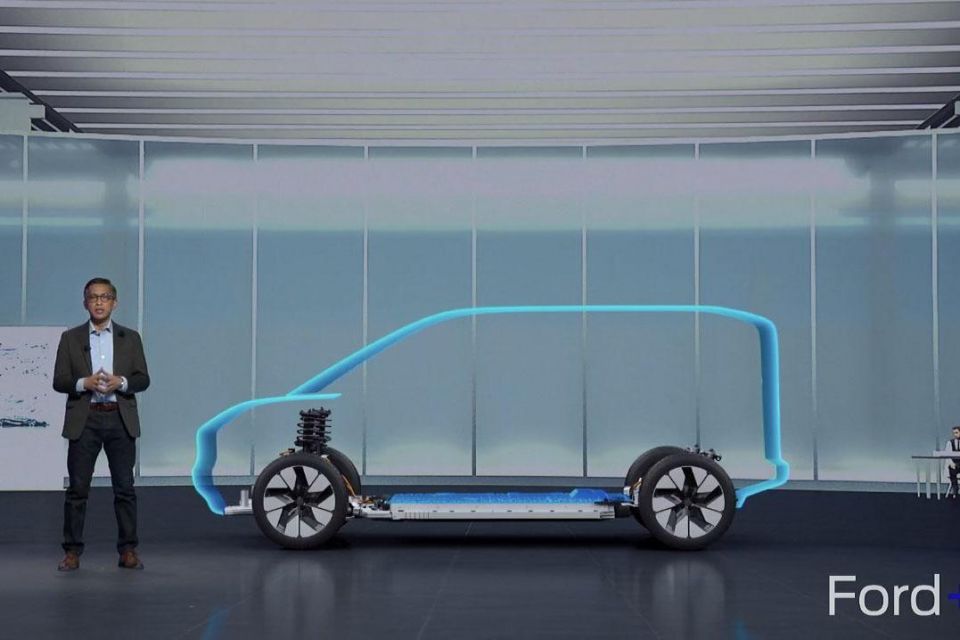
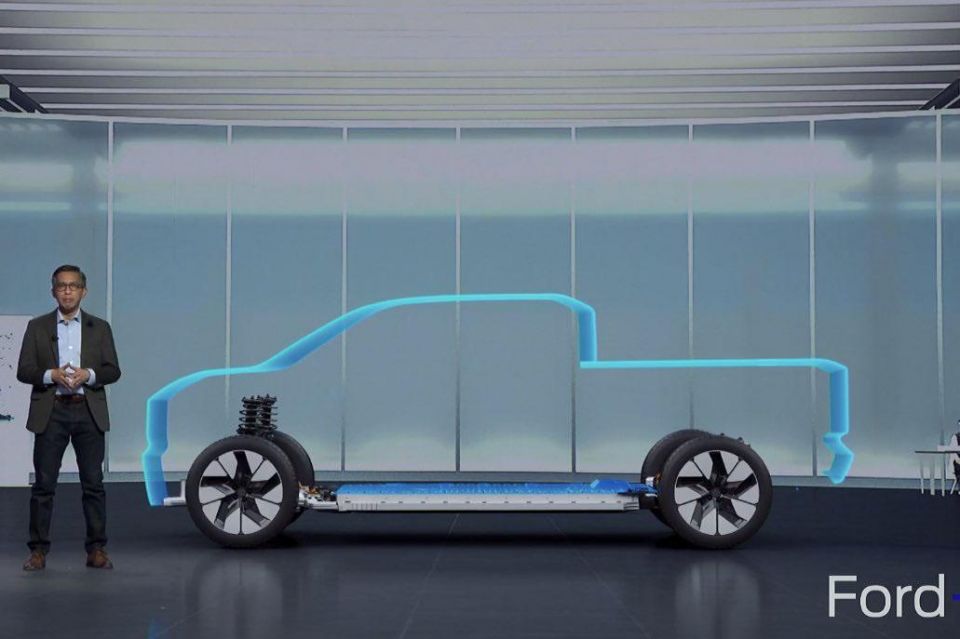
Screenshots tweeted from today’s capital markets presentation indicate the platforms will be used for future electric versions of the Transit van, Bronco off-roader, and a ute.
According to Reuters, the EV car platform is codenamed GE2 and is an evolution of the underpinnings developed for the Mustang Mach-E crossover.
Rumours indicate the first GE2 vehicles will be EV equivalents of the Ford Explorer and Lincoln Aviator.
GE2 will also reportedly spawn an all-electric version of the Mustang.
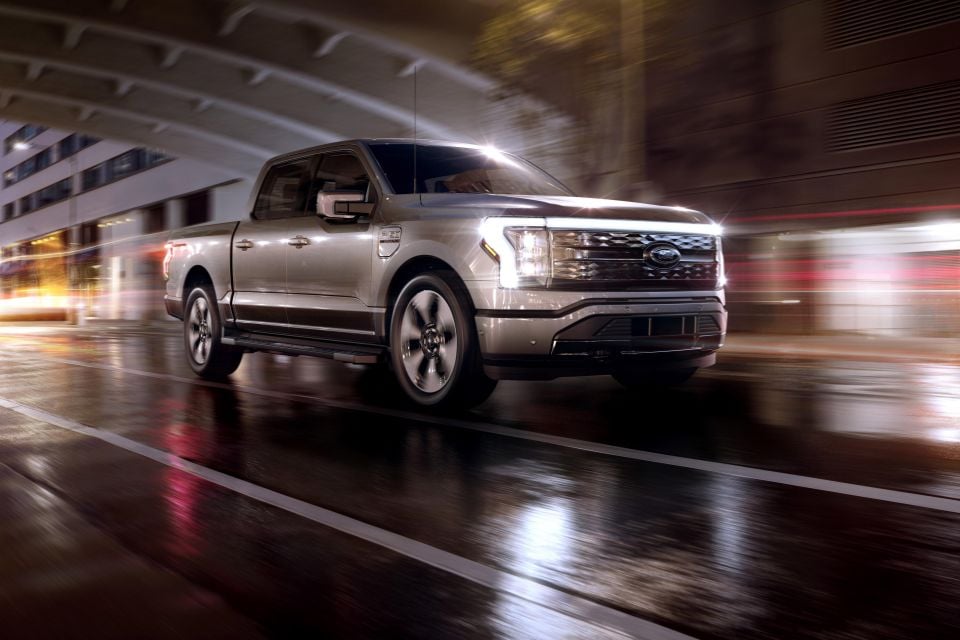
Levine confirmed Ford’s second electric platform will be used exclusively for full-size pickup trucks, like the F-150, and, presumably, its SUV derivatives, such as the Ford Expedition and Lincoln Navigator.
In addition to the two new platforms announced today, Ford is also bringing battery development in house.
Although it has until now relied on external suppliers, Ford recently formed a partnership with South Korean firm SK Innovations, and the two will build battery plants in the US.
Future cars will use IonBoost-branded lithium ion batteries, while commercial vehicles will be fitted with lithium-iron-phosphate batteries branded with the IonBoost Pro name.
Ford is also co-developing solid-state battery tech with Solid Power, a startup in which the automaker holds an equity stake.
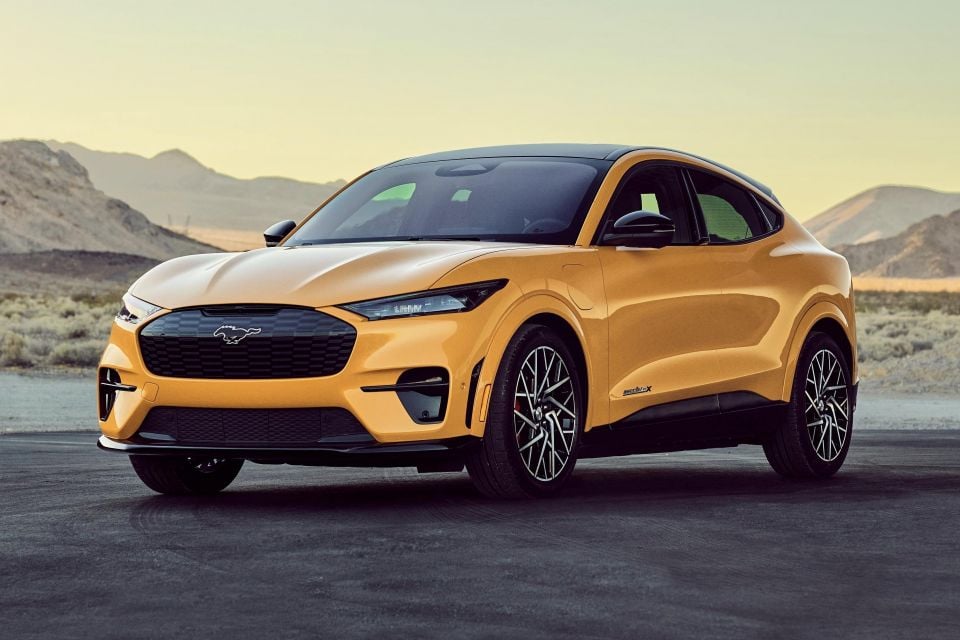

With these investments, government regulations and changing consumer demand, Ford is now expecting 40 per cent of its global sales to be electric by 2030.
Earlier this year, Ford of Europe confirmed its passenger vehicle range will be fully electric by 2030. One, possibly two, EVs for the European market will be built atop the Volkswagen Group’s MEB architecture.
From Ford’s 2020 sales breakdown, the company sold just over a million vehicles in Europe, accounting for almost 22 per cent of its automaker’s global volume.
The bulk of the remainder of Ford’s EV sales are expected to come from North America and China.
Where expert car reviews meet expert car buying – CarExpert gives you trusted advice, personalised service and real savings on your next new car.
Derek Fung would love to tell you about his multiple degrees, but he's too busy writing up some news right now. In his spare time Derek loves chasing automotive rabbits down the hole. Based in New York, New York, Derek loves to travel and is very much a window not an aisle person.


Shane O'Donoghue
6 Days Ago


Anthony Crawford
5 Days Ago


Matt Campbell
4 Days Ago


James Wong
3 Days Ago


Max Davies
1 Day Ago


Josh Nevett
13 Hours Ago